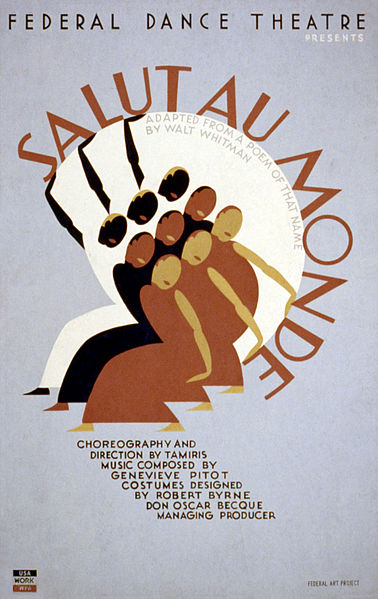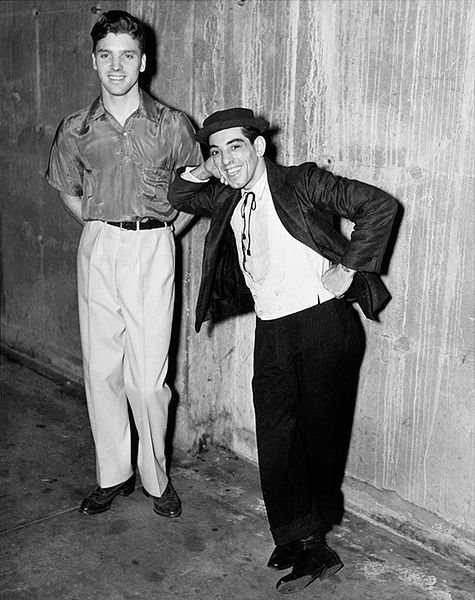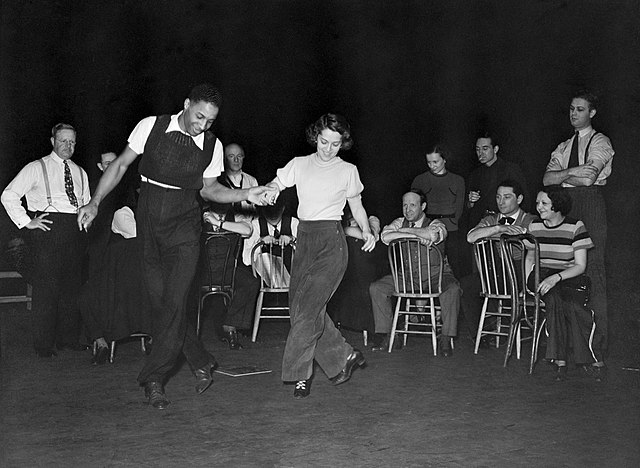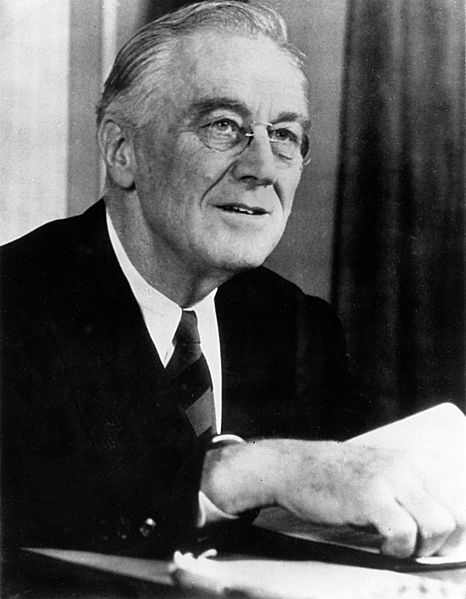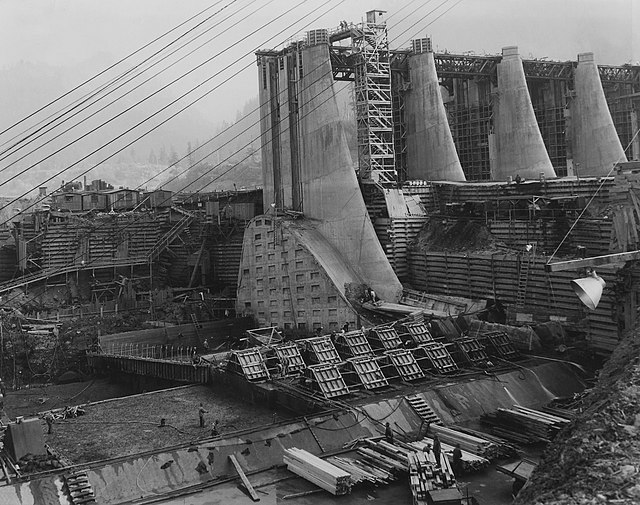The Federal Theatre Project was a theatre program established during the Great Depression as part of the New Deal to fund live artistic performances and entertainment programs in the United States. It was one of five Federal Project Number One projects sponsored by the Works Progress Administration, created not as a cultural activity but as a relief measure to employ artists, writers, directors, and theater workers. National director Hallie Flanagan shaped the FTP into a federation of regional theaters that created relevant art, encouraged experimentation in new forms and techniques, and made it possible for millions of Americans to see live theatre for the first time. Although The Federal Theatre project consumed only 0.5% of the allocated budget from the WPA and was widely considered a commercial and critical success, the project became a source of heated political contention. Congress responded to the project's racial integration and accusations of Communist infiltration and cancelled its funding effective June 30, 1939. One month before the project's end, drama critic Brooks Atkinson summarized: "Although the Federal Theatre is far from perfect, it has kept an average of ten thousand people employed on work that has helped to lift the dead weight from the lives of millions of Americans. It has been the best friend the theatre as an institution has ever had in this country."

Philip W. Barber, New York City director of the Federal Theatre Project, at the opening of Macbeth (April 14, 1936)
Poster for Salut au Monde (1936), an original dance drama by Helen Tamiris for the Federal Dance Theatre, a division of the Federal Theatre Project
Burt Lancaster and partner Nick Cravat with the Federal Theatre Circus (1935–1938)
Choreographer Clarence Yates rehearsing Olive Stanton and the cast of The Cradle Will Rock (1937)
The New Deal was a series of programs, public work projects, financial reforms, and regulations enacted by President Franklin D. Roosevelt in the United States between 1933 and 1938. Major federal programs and agencies, including the Civilian Conservation Corps (CCC), the Works Progress Administration (WPA), the Civil Works Administration (CWA), the Farm Security Administration (FSA), the National Industrial Recovery Act of 1933 (NIRA) and the Social Security Administration (SSA), provided support for farmers, the unemployed, youth, and the elderly. The New Deal included new constraints and safeguards on the banking industry and efforts to re-inflate the economy after prices had fallen sharply. New Deal programs included both laws passed by Congress as well as presidential executive orders during the first term of the presidency of Franklin D. Roosevelt.

Top left: The TVA Act signed into law in 1933 Top right: President Franklin D. Roosevelt led the New Dealers; Bottom: A public mural from the arts program
1935 cartoon by Vaughn Shoemaker in which he parodied the New Deal as a card game with alphabetical agencies
Roosevelt's ebullient public personality, conveyed through his declaration that "the only thing we have to fear is fear itself" and his "fireside chats" on the radio did a great deal to help restore the nation's confidence
Public Works Administration Project Bonneville Dam


